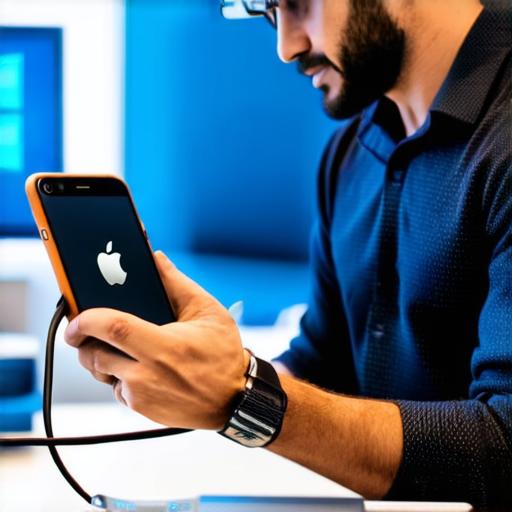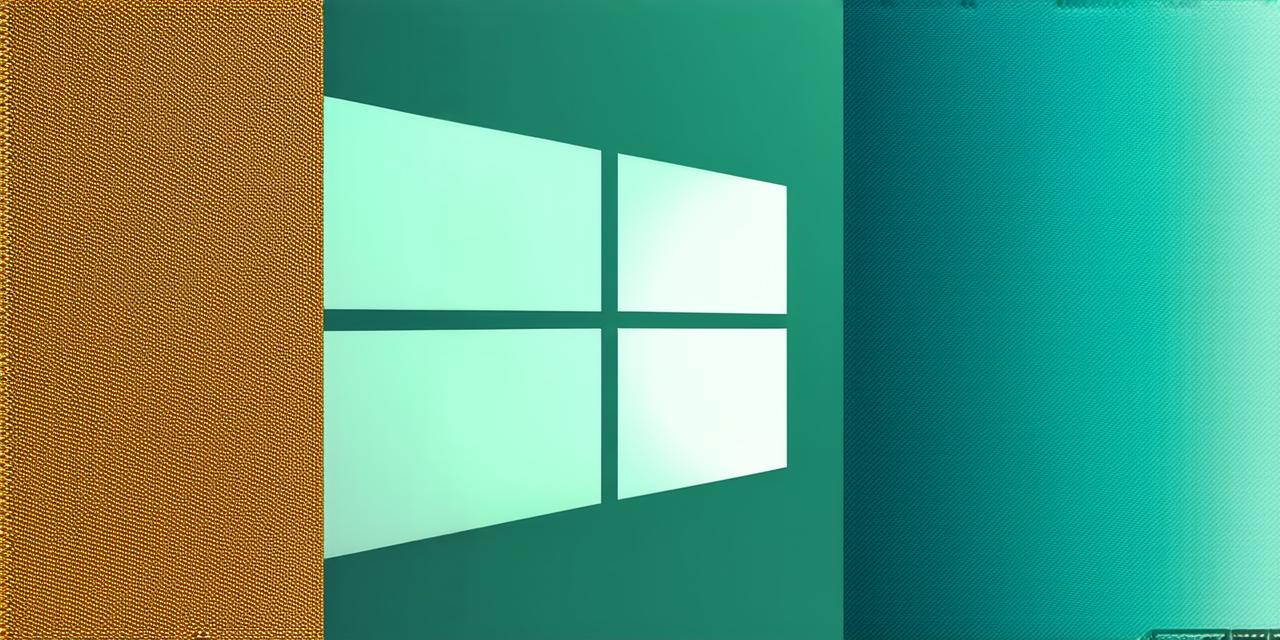As an iOS developer, you may find yourself needing to access your iOS device on a Windows system.
This could be for a variety of reasons such as working remotely, sharing files between devices or simply transferring apps from one device to another. In this guide, we’ll explore the different methods available for operating iOS on a Windows system and provide expert insights into their pros and cons.
Method 1: Using Xcode Remote Debugging
Xcode Remote Debugging is a powerful tool that allows you to debug your iOS app on an iOS device from your Mac or PC running Xcode. This feature can be particularly useful for iOS developers as it provides real-time access to your iOS device’s console, allowing you to see any error messages that may arise during development.
Pros:
- Provides real-time access to your iOS device’s console.
- Allows for seamless debugging of apps from a Windows system.
Cons:
- Requires an active internet connection between the Windows system and the iOS device.
- May not be suitable for large scale app development.
Method 2: Using iTunes Connect
iTunes Connect is a web-based platform that allows you to manage your Apple ID, including accessing your iOS device from a Windows system. This feature can be particularly useful for iOS developers as it provides easy access to their app libraries and allows them to transfer apps between devices.
Pros:
- Allows for easy transfer of apps between devices.
- Provides access to your app libraries from a Windows system.
Cons:
- Requires an active internet connection between the iOS device and the Windows system.
- May not be suitable for large scale app development.

Method 3: Using Third-Party Emulators
Third-party emulators are software programs that allow you to run iOS apps on a Windows system. These emulators work by creating a virtual environment on your Windows computer that mimics an iOS device, allowing you to install and use iOS apps as if they were installed directly on the device.
There are several third-party emulators available for iOS development on Windows, including Bluestacks and Wine. These emulators come with their own set of pros and cons, and the choice of which one to use will depend on your specific needs and preferences.
